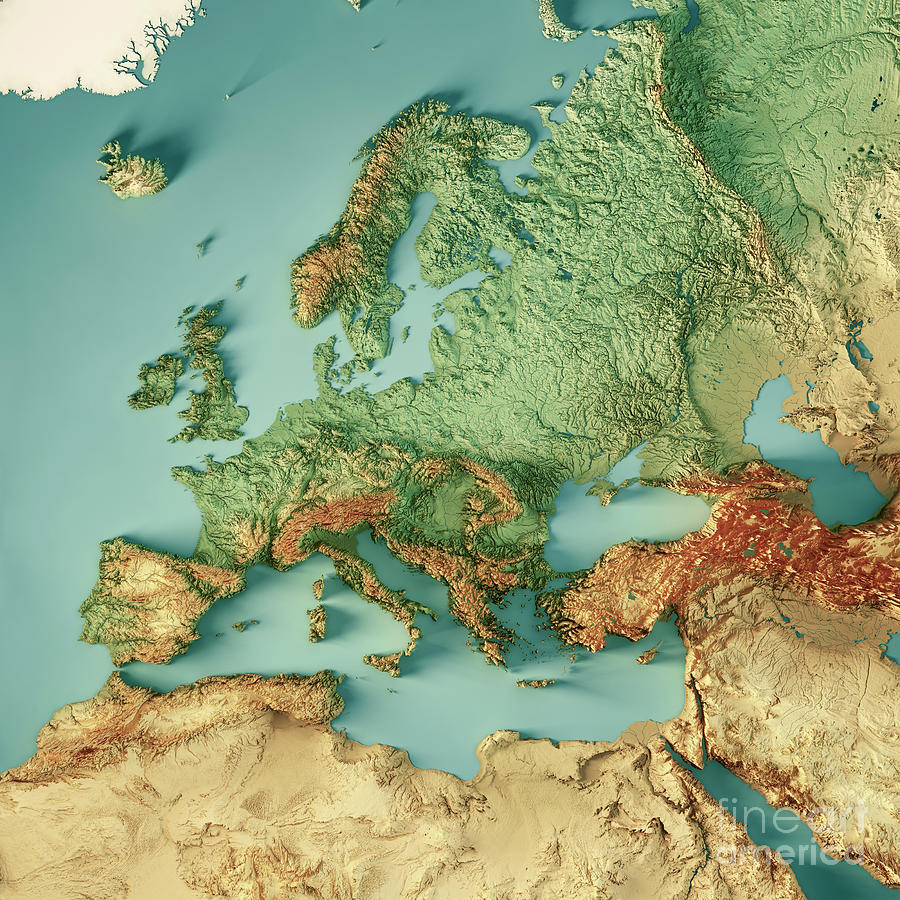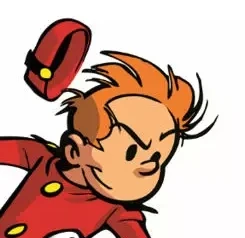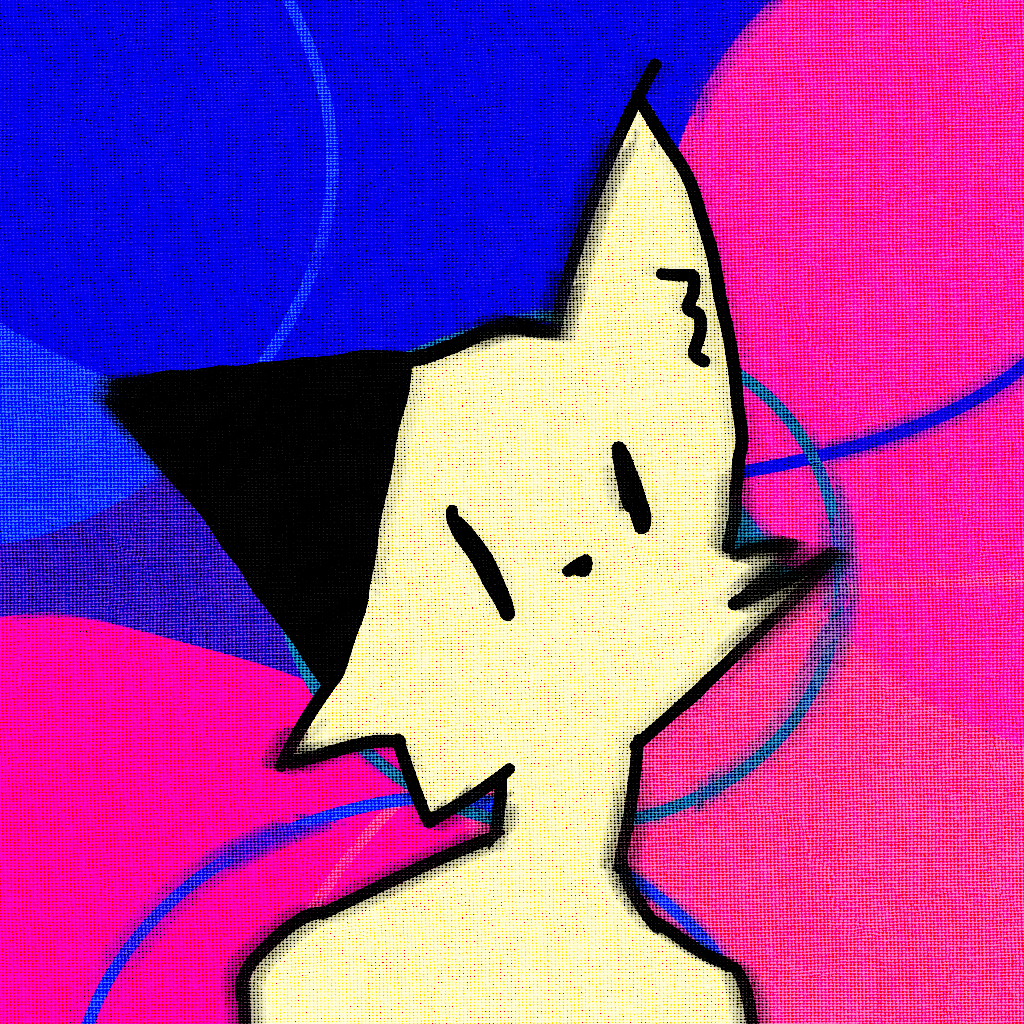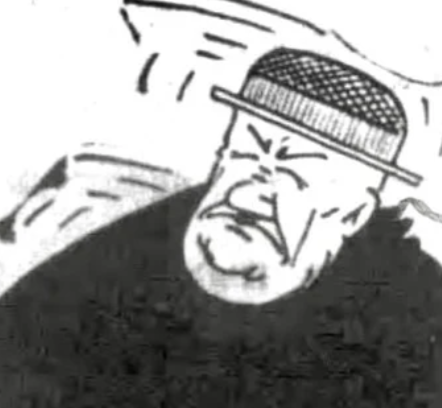- cross-posted to:
- esperanto@sopuli.xyz
- interessant@jlai.lu
- cross-posted to:
- esperanto@sopuli.xyz
- interessant@jlai.lu
cross-posted from: https://jlai.lu/post/9070854
Geoguessr players: Look what they need to mimic a fraction of our power
as a geoguessr player this is actually very helpful and i sent it to our group chat
The source is the geoguessr subreddit
This is awesome! Never occurred to me that you can tell languages (whose writing systems are similar to each other) apart just by analyzing its graphemes while ignoring grammar entirely
I dunno it’s all Greek to me mate
If you say “yes” to everything, you end up with Vepsian. If you say “no” to everything, you end up with Bulgarian.
That’s only because of the order they’re in though. I wonder which ones is the most yes and most no without order.
Ah yes, of course, I am familiar with the endonyms of all these uncommon languages and their (not always unique) associated flags.
That’s like half the fun, trying to figure out what the languages might be, based on the other languages near them and just guessing what those letters might be in English or whatever other languages you know.
But yes, it absolutely is difficult, especially with many regions being demarked, which I’ve probably never heard of.
Nice touch including esperanto.
I tried learning Esperanto through Duolingo, but was a bit disappointed. It was still a bit inconsistent here and there; I was hoping for a ‘perfect’ language without exceptions.
Still think it’s a great initiative though.
Yes, it’s not flawless. My personal pet peeve is that there’s no clear way to know if a verb is transitive or intransitive. Despite the shortcomings, it’s a fun and rewarding language to learn.
At least once you know if it’s intransitive or not you can make it the opposite by suffix -igi or -iĝi.
It is a neat language, especially with the history it has by now, but as much I as like it I don’t think it will ever catch on widely.
And I don’t think it’s even possible to construct a language that’s easy, consistent, and with wide appeal and adoption.
Agreed. I think it could’ve been solved better. Although excessive use of -igi/-iĝi can make the language sound duller, so I guess it’s just what it is and that’s it at this point.
IMO, Esperanto could be used at schools as a “gateway language” to language learning in general. It’s simple and as logical as can be in grammar and syntax. The vocabulary stems mostly from Latin based languages so learning the most common root words help students build up their vortarojn for other languages as well.
That sort of utilitarian approach to E-o, instead of the more traditional, ideological approach could bring it more popularity. But I’m no teacher so this is likely not happening.
Esperanto also has the hideous ĥ which to my knowledge no other language has, but it’s not very common so it’s usually not something you can identify it by.
What sound does that make?
[x], a sound that isn’t in most varieties of English.
Thank you.
Ĥaoso manĝu vin, fiulo! Estas la plej bona litero ĥ!
Ne ekzistas maniero meti ĉapelon sur h-on, kiu ne malbelas.
Oni povus uzi ħ, la konstanto de Planck el fiziko, tio belegas.
Mojose! Sed ĝi ne estas sur mia klavaro…
gonna coin the English word “milieuwise” - as in “to move towards, or be appropriate for, the current environment” and fuck this chart up.
edit: no need, found the error - on the bottom line you get to English by saying no to “chh” but it appears in hitchhiking, beachhead, witchhood, and, humorously, touchholes.
I feel like ‘chh’ would only count when pronounced as part of one syllable/sound. Which in all your examples isn’t the case. Of course, if someone is not at all familiar with the language they wouldn’t be able to make that distinction. So the chart still wouldn’t be helpful in that case.
The key point for me is “what am I reading” - where pronunciation doesn’t enter into it.
This isn’t a guide for spoken, but for written language, so it actually doesn’t matter where the phoneme break occurs, only the grapheme
But doesn’t reading differ from seeing by actually processing the letters into syllables and words by an internal voice?
Seriously.
Now I’m no scholar, but categorising English as part of the Celtic-branch is just ridoinkulous to me. Like-- that might have been true since before the Roman conquest, but Modern English is easily a West-Germanic branch, overlaid with Norman French, starting in 1066.
It’s not so much about classification than finding a place to identify it using a suite of yes/no branches based on specific graphems.
German and Dutch are very close languages, but in complete different places in this tree.
German and Dutch are very close languages, but in complete different places in this tree.
So maybe we could use a better platform for understanding? (hence my original point?)
(Modern German and Dutch are both from the West-Germanic tree, last I checked)
specific graphems
Okay, fine, granted-- but how does that actually help anyone in this day & age learn about these languages?
AS IN– dude, we don’t need to carry a master’s degree in order to understand how English formed out of Anglo-Saxon, with Norman French overlaid on top, now do we?
EDIT: Oh rabbits, no, it’s ME whose wrong. Whups…
I still don’t think you understand the point of the graphic. It’s called “What European language am I reading?”, not “how are these European languages related?”
Oof. I think you’re right (2wks later, dangit!), Eiim.
Sorry about that. :S@Servais@discuss.tchncs.de @discuss.tchncs.de, that was rude of me, and I apologise.
FWIW, I’ve posted a general apology in our sub’s general update if you care to look. Sorry again.
I’d personally attack you with something far worse than a silly goose. If I was on my reddit account!
Hmm, what do you think about rabbits instead of geese…?
No worries, thank you for coming back to this comment, even later!
Have a good one!
but how does that actually help anyone in this day & age learn about these languages?
As people said in another comment, it can be useful in identifying languages in settings like Geoguessr.
Silly goose.
I appreciate the work you do on your European graphical novel community, and on Reddit to promote Lemmy, so I wasn’t expecting this kind of personal attack.
I’d personally attack you with something far worse than a silly goose. If I was on my reddit account.
I don’t know who they are but I like Frysk’s flag.
Frisia! It’s a province of the Netherlands and I think their language is the closest one to English
Closest to Anglic languages (English, Scots & I think some creoles?) in terms of ancestry - I think Danish is actually the closest to English due to the influence of old norse on English though? Or it could just be coincidence in how they evolved?, and part of the Anglo-Frisian family which means it’s pretty closely related
If you like the West Frisian flag wait until you see North Frisia’s coat of arms. That’s a pot of (red?) grit there, and the motto is “Better dead than slave”. Just don’t try to conquer them and they’re perfectly pleasant to be around with and share a state with, rather cooking grit than looking for trouble. (Not identical to the coat of the district of Nordfriesland, that’s quite a bit more territory than North Frisia proper).
The heart shaped figures you are seeing, actually depict leaves of waterlilies.
Yiddish is spelled left to right on this, it should be right to left, like this: יידיש
deleted by creator
I enjoy how there’s a language called “iron”.
Its a solid language, but im a bit rusty with it.
Sorry, im leaving.
Maybe if Low Saxon could finally agree on an orthography we could be in that chart. It’s currently split between “Use Dutch orthography”, which doesn’t work, “use German orthography”, which doesn’t work, and I guess “use English orthography”, which also doesn’t work. Technically there should also be a Cyrillic version and who knows with as big as the Diaspora is there’s probably a Portuguese version in Brazil.
I’m in. Take my upvote!
Why is “ø y” a no for Denmark, but a yes for Norway? I’m pretty sure both countries have the same alphabet?
it’s not “ø”, “y”, it’s “øy” in combination (as a digraph?)
same as “th” further down not implying the N languages don’t have “t” or “h”, just that they don’t have “th”
Aha thanks for the explanation.
The “øy” is written without a space between the letters, which seems to mean that these letters occur together in words (more obvious example: “eau” leads into French).
The problem is that we can put words together to form new words. So say I produced a yogurt at a lake(sø) , I could call it søyougurt. It’s not a word that would be in a dictionary though, but lots of that kind of words aren’t.
Maybe within one syllable then?
I mean, I’m not looking to defend this diagram, I have no idea if it’s correct. And frankly I would be surprised if it is anything more than an approximation, since language is always messy.
what does “b G R v” mean
“Am I seeing those in what I reading”.
French is a strange one here - they have “w” (double vé in the alphabet) but it’s used almost exclusively in loan words. So I’m not certain it’s determinative the way it’s presented here.
I think that choice is more about “ieuw” as a whole, like “nieuw” in Dutch, not the separate 4 letters (like b G R v at the beginning)
I don’t get your comment. The “w” isn’t used in this graph as a single character.
The Dutch exclusion makes sense to me. I was reading it as separate letters which made the use of “e” a second time redundant.
deleted by creator
I kinda broke it with å










